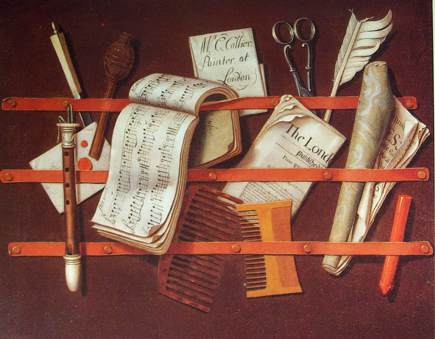Literacy
From the accession of Elizabeth to the reign of Charles I there was a revolution in education. The humanists and those who followed recognised and publicized the importance of education, with the result that schools became better funded, and better equipped.
There was a push by the Puritans for more funding for grammar schools in order to free education from social and financial barriers. With increased support (from the charity of various concerened groups in society, rather than from government), the grammar schools were able to educate more children from less wealthy families--Ben Jonson, one of the most learned men in the period, was the son of a bricklayer.
How many could read?
There was a significant increase in the ability to read and write throughout the population: by the end of the sixteenth century, at least one third of the male population could read, though the proportion of literate women was certainly less--perhaps as low as one in ten.
Those who could read still came from the aristocracy and middle class; it depended on the occupation of the family whether a child would have the opportunity for a complete education. Only by the end of the seventeenth century, well after Shakespeare's death, was there a real interest in education for the poor with the development of "charity schools."
Footnotes
-
The bare necessities
This painting by the English artist Edward Collier (1627-1705) shows the proper interests of the day in books, writing, music, and combing one's hair. Click for more on the kind of recorder illustrated.
